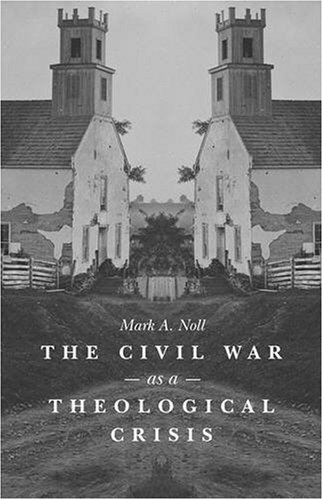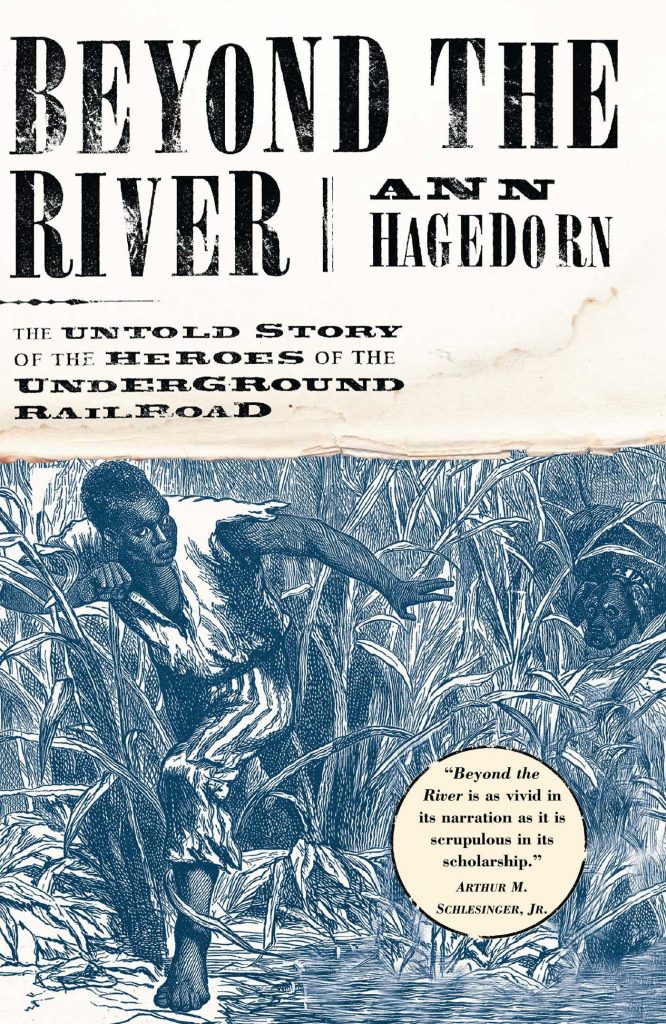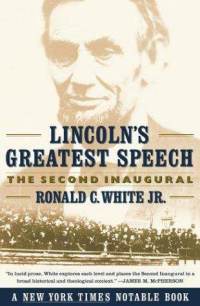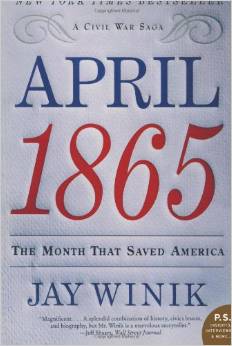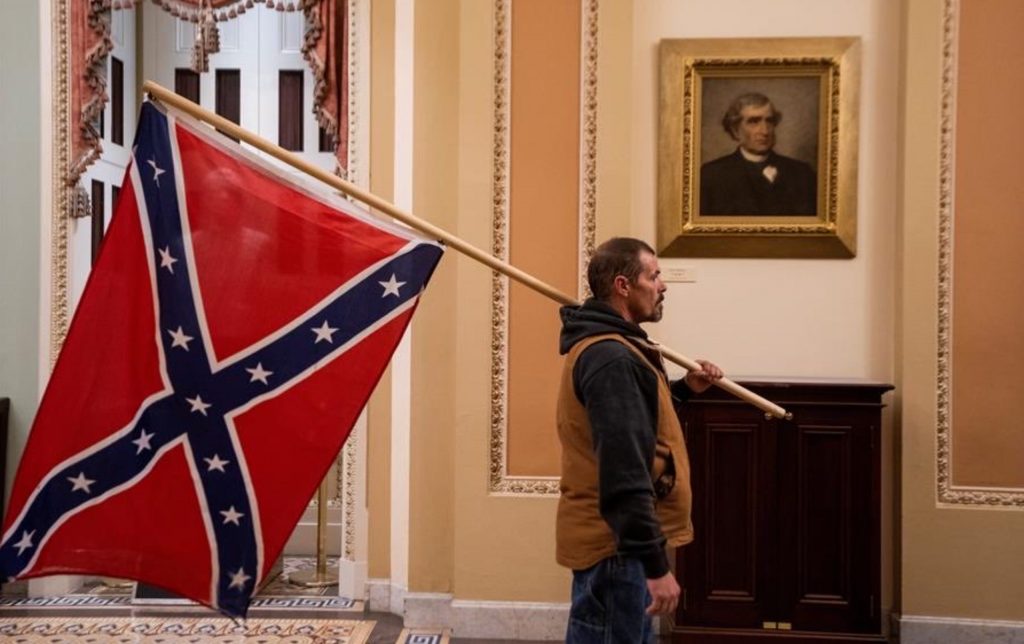I do like my new situation as an adjunct professor. Without all the obligations that come with full-time status, I can concentrate on two upper-level history courses each semester—courses that I have already developed and love to teach. I wrote a post recently about one of those courses this semester: Ronald Reagan and Modern American Conservatism. I consider it crucial for the era we are living through right now. If you missed that post and are curious about the course, you can check it out here.
The other course I will be teaching I also consider crucial: The Civil War Era. Why so crucial now? Have you noticed how divided we are as a nation? We haven’t reached the level of division of the Civil War, but I am deeply concerned about the lack of wisdom and the seeming unwillingness to be civil in our conversations about culture and politics.
America’s Civil War was not a “civil” affair. It needs to be studied to help us navigate our current issues.
A key book to help students get a broad perspective on the foundations of the Civil War is Mark Noll’s analysis of the war as a theological crisis.
Noll clearly lays out the dividing line between Christians in the years leading up to the war. Most in the North disliked slavery (although not all were anti-racist), but there was a strong element (albeit a minority position) of abolitionism among Christians. In the South, there was no such element; in fact, the Bible was used to bolster the institution of slavery as a positive thing ordained by God.
Noll’s book is significant for students because it helps them see that Christians can have divergent viewpoints on issues of public policy. They also get to ponder the arguments offered by both sides in this debate.
A second book, read in tandem with Noll’s, is about the Underground Railroad. Americans are usually familiar with some “big” names in the abolitionist movement: William Lloyd Garrison, Frederick Douglass, and Harriet Tubman normally top that list. What author Ann Hagedorn does in Beyond the River is focus on a small Ohio town on the Ohio River called Ripley. In that town lived a man, the Rev. John Rankin, who is an unsung hero of the movement. Rankin’s house was perched atop a hill where he always put a light in the window so runaway slaves would know where to go to find help. Rankin’s home was the starting point of the Underground Railroad in Ohio, enabling slaves to obtain their freedom as they were ushered into Canada.
The tale Hagedorn tells is gripping. The actions of a strong Christian man is at the center of the action, along with his compatriots who shared his faith and his devotion to ridding American society of the slavery system.
The actual fighting began in 1861. A book with that title narrates what took place that year and why it led inevitably into armed conflict.
Author Adam Goodheart (what an interesting last name—any author would love to have it) is a superb storyteller, and I want students to be drawn into the story. They need to get to know the individuals of the era: what they thought, why they acted as they did, and the consequences of their actions.
Goodheart offers key individuals you would expect to be central to the story, but also adds in others that most of us would be ignorant of. Yet their lives were important also. The year 1861 was tragic in many ways; this book details why.
I also require students to read five of Lincoln’s speeches from this era: House Divided; Cooper Union; First Inaugural; the Gettysburg Address; and, of course, what might be his greatest speech of all, the Second Inaugural.
Ronald White believes the Second Inaugural is Lincoln’s greatest—thus the title of his book. White takes the speech line by line, showing where Lincoln got his ideas for it and how those ideas developed over time as the war progressed. The Second Inaugural is a deeply theological speech, the most theological of any speech from any president in the nation’s history. Stirring phrases abound; thoughts about God’s judgment on a nation that allowed slavery to take hold are central. Yet also central is the hope of reconciliation and forgiveness. Perhaps no political speech has ended so poignantly.
With malice toward none, with charity for all, with firmness in the right as God gives us to see the right, let us strive on to finish the work we are in to bind up the nation’s wounds, to care for him who shall have borne the battle and for his widow and his orphan ~ to do all which may achieve and cherish a just and lasting peace among ourselves and with all nations.
The final book in the course is another that concentrates on a year: 1865. But it’s even more focused: the month of April. Jay Winik is another master storyteller, showing us how crucial that month was. In it, Lincoln was assassinated. What many don’t know is that John Wilkes Booth’s plan went beyond just taking out Lincoln: he also targeted the vice president, Andrew Johnson, and the secretary of state, William Seward. If he had been successful, the American government would have been in near chaos.
Yet despite the assassination, the nation survived, and the author reveals how that was possible. We didn’t descend into an ongoing guerilla warfare. Order was restored. A path toward reconstruction was established.
I have lived for forty-three years in states that were part of the Confederacy. In all of that time, I rarely came across people who were fervent in their feelings for the Lost Cause. I assumed that we came together as a nation and that there were only a few holdouts who still thought the South was right, that it was in reality a war of northern aggression. In the last couple of years, I’ve been astounded to see how many may still hold to the Lost Cause nostalgia. One of the photos from the January 6 insurrection attempt stays with me.
While I sincerely hope this man was part of a distinct minority in this riot, I am saddened to see the emblem of the 1861 insurrection against a legitimate election rear its head in an action intended to overthrow a legitimate election from 2020.
The Lost Cause needs to be lost for good—and buried. The need for historical perspective based on constitutionality, the rule of law, and basic morality remains acute. That is why I teach this course. May we learn the lessons that ought to be learned from this uncivil war.

